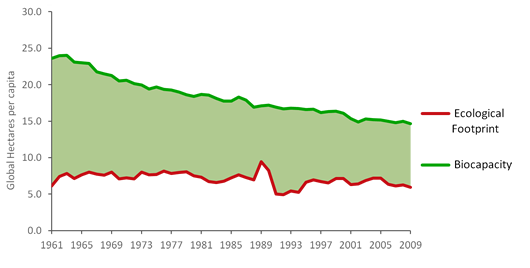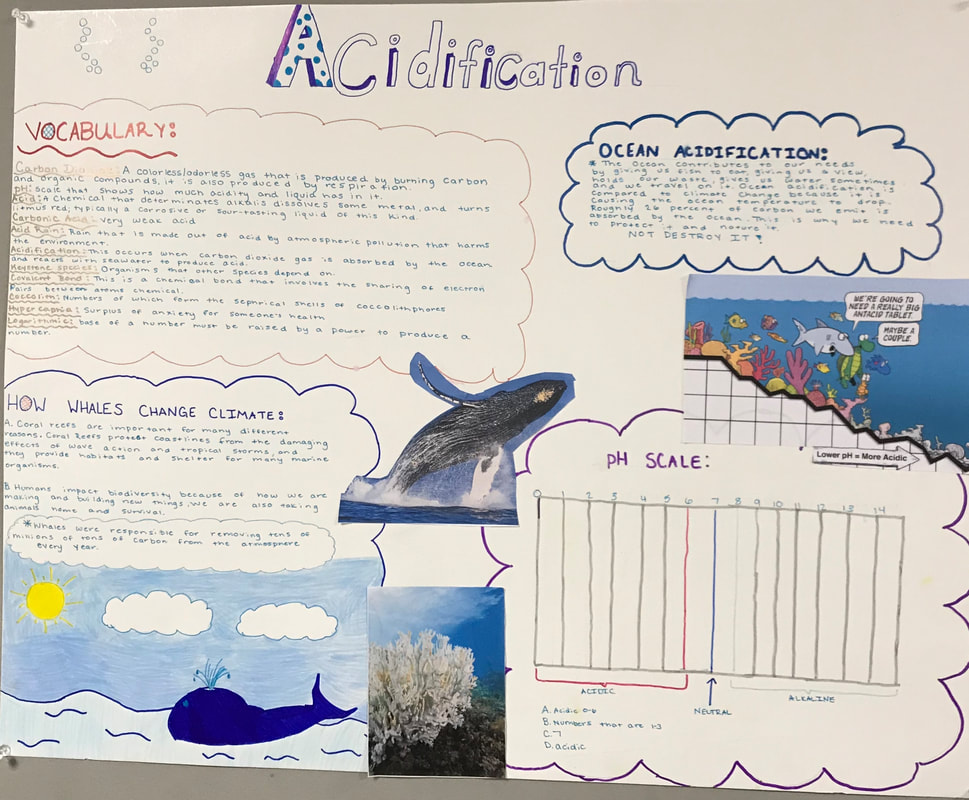

Renewable energy doesn’t emit greenhouse gases into the air (for the most part) and they have a much smaller carbon and ecological footprint than fossil fuel alternatives like oil.

Instead of using plastic straws, just drink directly from a cup, or buy a reusable metal straw as an alternative. For example, instead of using disposable plastic bags, use reusable ones. It is extremely easy to remove single-use plastics from your life. You’ll also reduce your personal consumption and subsequently your ecological footprint, in the form of the energy and raw materials used in producing the plastic products. This includes plastic items like bags, bottles, utensils, straws, and other items.īy reducing your use of single-use plastics like plastic straws and plastic bags, you can prevent plastics from entering the landfill. That means every plastic item in existence will exist almost indefinitely on Earth. Most plastic is non-compostable and non-biodegradable. So, how exactly can you reduce your ecological footprint? Here are 11 simple and effective ways to start reducing your ecological footprint: 1. This is very telling of the changes that need to be made in the United States (and the western world) to reduce our ecological footprint. If everyone on Earth lived like the average American, we would need 4 Earths worth of land to sustain humanity ( BBC). Your ecological footprint is the impact of your lifestyle choices or activities measured in terms of the land required to sustain your use of natural resources.


 0 kommentar(er)
0 kommentar(er)
